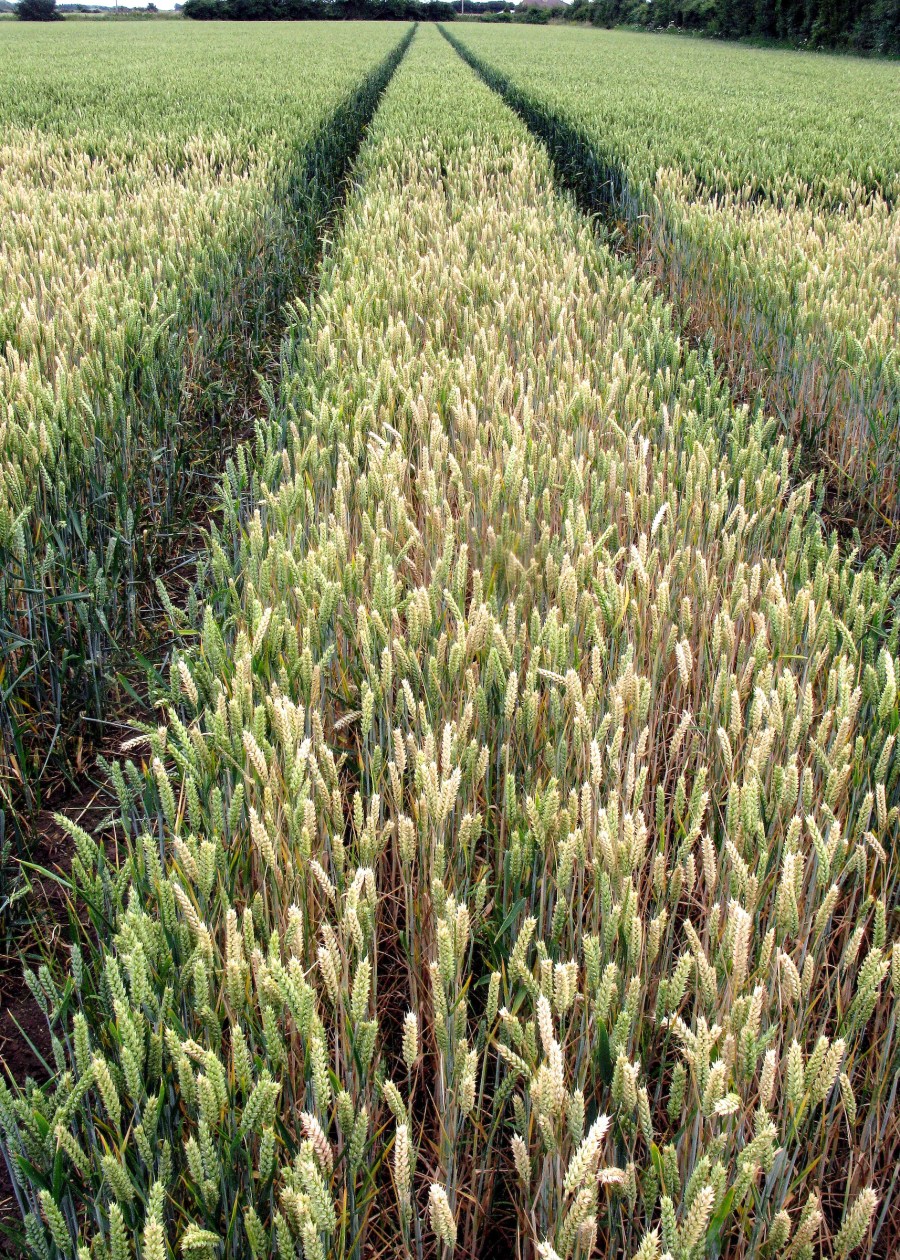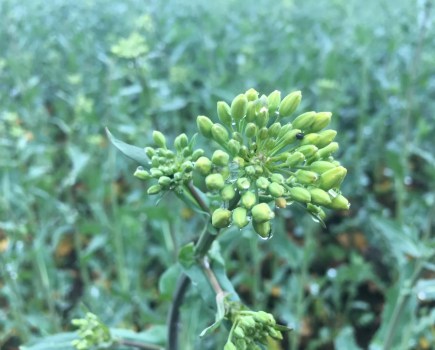Long-term trials at Rothamsted Research have confirmed how the take-all root fungus can be contained by careful choice of the varieties grown. CPM reports.
By Lucy de la Pasture
Researchers have now shown that careful selection of first wheat variety in the rotation can reduce the severity of take-all and increase yields in the second wheat crop. Their findings were published in June’s Scientific Reports journal.
What’s more, these benefits are irrespective of the second variety or its susceptibility to this fungal pathogen. And though the findings relate to short rotations, the benefits seem to continue for subsequent harvests.
“In rotation field experiments, we demonstrated the considerable and lasting impact of the choice of the first wheat variety on root health and the yields of the second wheat,” says Vanessa McMillan, a plant pathologist at Rothamsted Research who led the study.
Take-all disease is a classic example of a pathogen that builds up during short rotations, reducing the attainable yield in successive wheat crops. In the first wheat crop in a rotation, take-all is usually negligible provided that the break crop before this is free from wheat volunteers and grassweeds such as the annual brome grasses (Bromus spp.) which are known to maintain take-all inoculum in the soil. Although take-all root infection is very low in a first wheat crop, large amounts of take-all inoculum can build up in the soil/rhizosphere region underneath this crop putting a following second wheat at risk from disease.
New genetic trait
The research team have previously identified and reported consistent differences between a wide range of wheat varieties in their ability to build up take-all inoculum in the soil beneath the first wheat crop. This new genetic trait in wheat is called take-all inoculum build-up (TAB) and varieties with low TAB are able to minimise the presence of the pathogen in soil.
The trials at Rothamsted took place between 2009-2013 and in the first year a high TAB variety (Hereward) and a low TAB variety (Cadenza) were planted, giving high and low levels of take-all inoculum build-up in the soil. In the following year, eight commercial varieties (Gallant, Hereward, Solstice, Xil9, Cordiale, Einstein, Robigus and Duxford) were planted as second wheats and the levels and yield effect of take-all compared.

Vanessa McMillan is leading the take-all research at Rothamsted Research which has discovered choice of first wheat variety can a have a significant impact on take-all infection in subsequent crops.
“In the rotation trials there was a consistent reduction in take-all disease and a grain yield advantage of between 0.2 and 2.4 t/ha (or up to 25% of average UK yields). The results were consistent across multiple field seasons and sites,” she says.
The team’s latest findings show that using one of these low TAB varieties in Year 1 of a cycle generates the benefits for the second crop. The team is now investigating how lasting these benefits are in subsequent crops.
Genetic traits, such as TAB, could provide a new way of combating take-all, particularly in association with cultural control techniques, such as crop rotation, within an integrated disease management strategy.
Commercial varieties
As part of the latest work, the team sampled commercial wheat varieties across a range of field sites from the AHDB Recommended List that demonstrated variation in TAB properties of modern wheats currently being grown by farmers in the UK.
“While there was evidence of significant interaction between the varieties across the trial sites, we could still identify a small number of low TAB varieties across all sites,” notes Vanessa, who also leads the take-all research group at Rothamsted.
Of the varieties screened within the RL trials programme, Cordiale, Gallant and Grafton showed a consistent reduction in TAB at the majority of the trial sites. The parentage of Grafton (Cordiale x CPBT W97) and Gallant ([Malacca x Charger] x Xil9) are both derived from the low TAB cultivar Cadenza via Cordiale and Xil9.

Relative change per cultivar in the percentage plants infected in the soil core bioassay compared to the trial site average. Legend shows the trial site and in brackets the average percentage plants infected with take-all at each site. Source: McMillan et al. Exploring the resilience of wheat crops grown in short rotations through minimising the build-up of an important soil-borne fungal pathogen. Scientific Reports 8, Article number: 9550 (2018).http://www.nature.com/articles/s41598-018-25511-8
There’s evidence from other research that there may well be opportunities to manipulate the development of the microbial population surrounding roots – the rhizosphere microbiome -development using wheat genetics. Vanessa’s research group is currently investigating the potential mechanisms underlying the low TAB trait, including exploring whether low TAB varieties create an antagonistic rhizosphere environment against the take-all fungus.
Vanessa warns the success of this strategy may be affected by the native soil microbiome, but the fact a small number of varieties demonstrated a consistent reduction in TAB across all six sites in the AHDB RL screening raises the possibility that some varieties seem to have the same functional effect on take-all build up, regardless of environmental factors.




